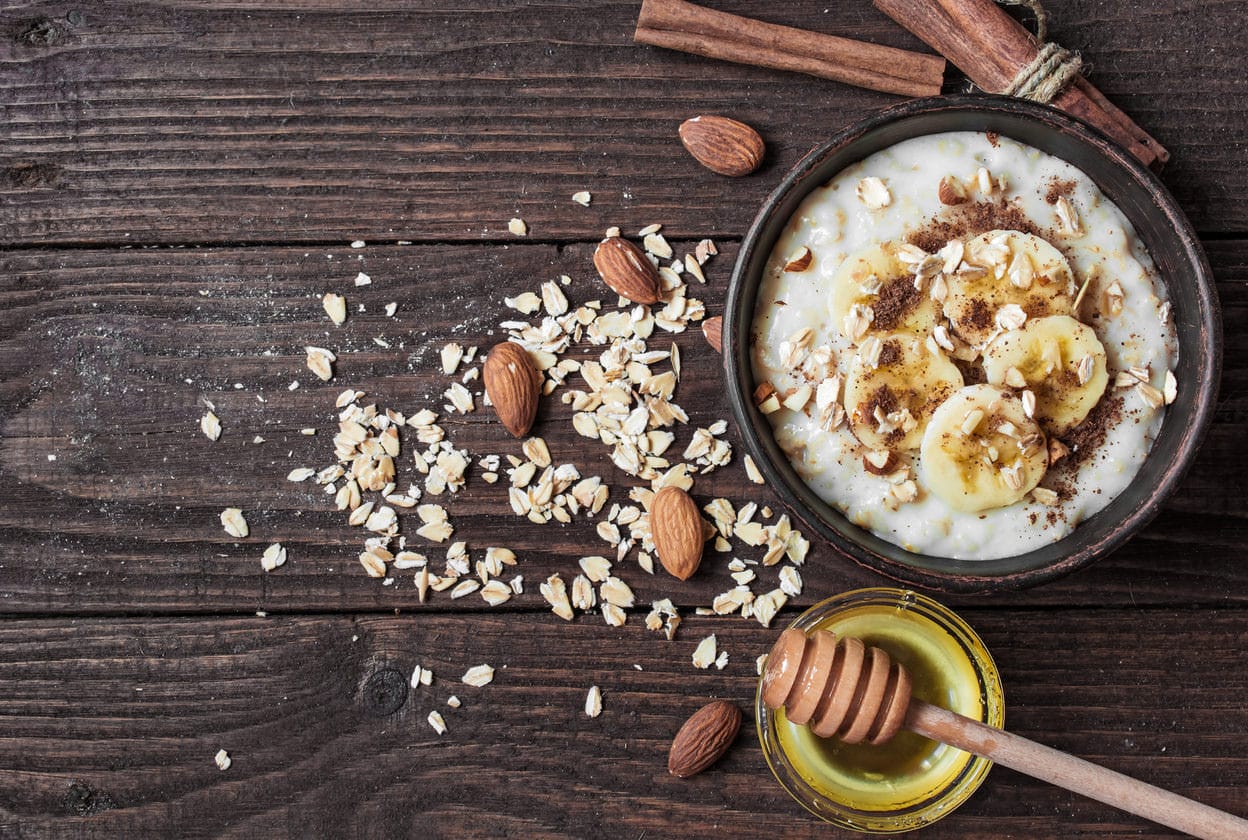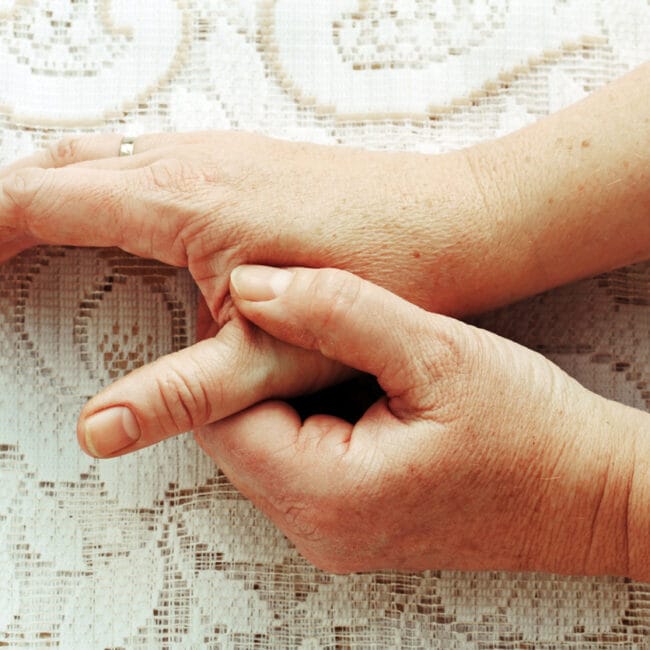If you avoid dairy, here are our top tips to maximise a key nutrient you may be missing out on.
Calcium is a mineral most famous for keeping our bones strong and healthy. In fact, over 99% of the calcium in our bodies is found in our bones and teeth. But calcium also serves a lot of other purposes in our bodies, such as helping our blood clot, our nerves send & receive signals, and keeping our hair & nails healthy. Dairy products are one of the most well-known sources of calcium, so if you are intolerant or following a vegan diet, finding alternative sources is essential. Here, we are going to look at 10 ways you can increase your calcium intake without dairy.
Soy Coffee
A 16oz soy latte can give you about half of your daily required dose of calcium, so this is a very effective substitute for dairy. In Starbucks, a Grande is 16oz and a Venti is 20oz, so one cup a day can get you well on your way to meeting your requirements.
Baked Beans
One serving of baked beans contains about 154mg of calcium. Women under 50 and men under 70 require about 1,000mg a day, which rises to 1,200 after that. This means that a single portion of baked beans can give you about 10% of your required dose.
Canned Salmon
Canned salmon contains about 232mg of calcium, but you may be surprised to learn why. It is actually the bones that come in the can that provide the majority of the salmon. While you may think it sounds strange or even dangerous to suggest eating the bones, the bones in canned salmon are so soft that you won’t even notice them after a little mixing.
Oatmeal
Oatmeal is a versatile food that can be eaten alone, with yoghurt, or even baked into treats like cookies, so this is an easy ingredient to work into your diet. One cup can contain up to 150mg of calcium, so working it into one meal a day can give you 10% of your daily dose.
Vegetables
Dark-green leafy vegetables are usually high in calcium, which means you can pick one or more that you like, and incorporate it into your routine. Spinach, broccoli, chard, and kale are all examples of vegetables that will give you a boost of about 100mg.
Nuts
Nuts are another versatile option, as they can be incorporated into various recipes, or even just eaten as a snack throughout the day. The best options to choose are almonds or hazelnuts, which contain 75mg & 56mg in a quarter-cup serving respectively.
Sardines
They may not be the most popular fish on the market, but 100g of sardines contains 321mg of calcium, about a third of your daily dose. Sardines are also high in Vitamin D, making them particularly effective for getting calcium into your body.
Sesame Seeds
There are about 88mg of calcium in one tablespoon of sesame seeds, which is a pretty high concentration. They can be roasted, or eaten raw, and sprinkled over things like salad to give your meal an additional boost of calcium with very little effort.
Vitamin D
While Vitamin D itself is not a source of calcium, it is a helpful way to increase the amount of calcium your body gets. Vitamin D helps your body absorb calcium, and without it, your other dietary changes may not be effective. Eggs, oranges, and spending some time in the sun are the easiest ways to make sure your body has enough Vitamin D.
Fewer Fizzy Drinks
In a similar vein, drinking too many soft drinks makes it harder for your body to effectively absorb calcium. This is because soft drinks tend to be high in phosphates, and while you need about 700mg of phosphates each day, too much will make it harder for your body to absorb calcium. You don’t need to cut them out completely, but if you drink a lot of fizzy drinks, you may want to cut back.
Most of the methods mentioned above can be easily worked into your daily routine to make sure you are getting the right amount of calcium, but if you are still concerned about getting enough, you can also consider taking a calcium supplement, which are available to buy over the counter at most health stores, pharmacies, and supermarkets.











